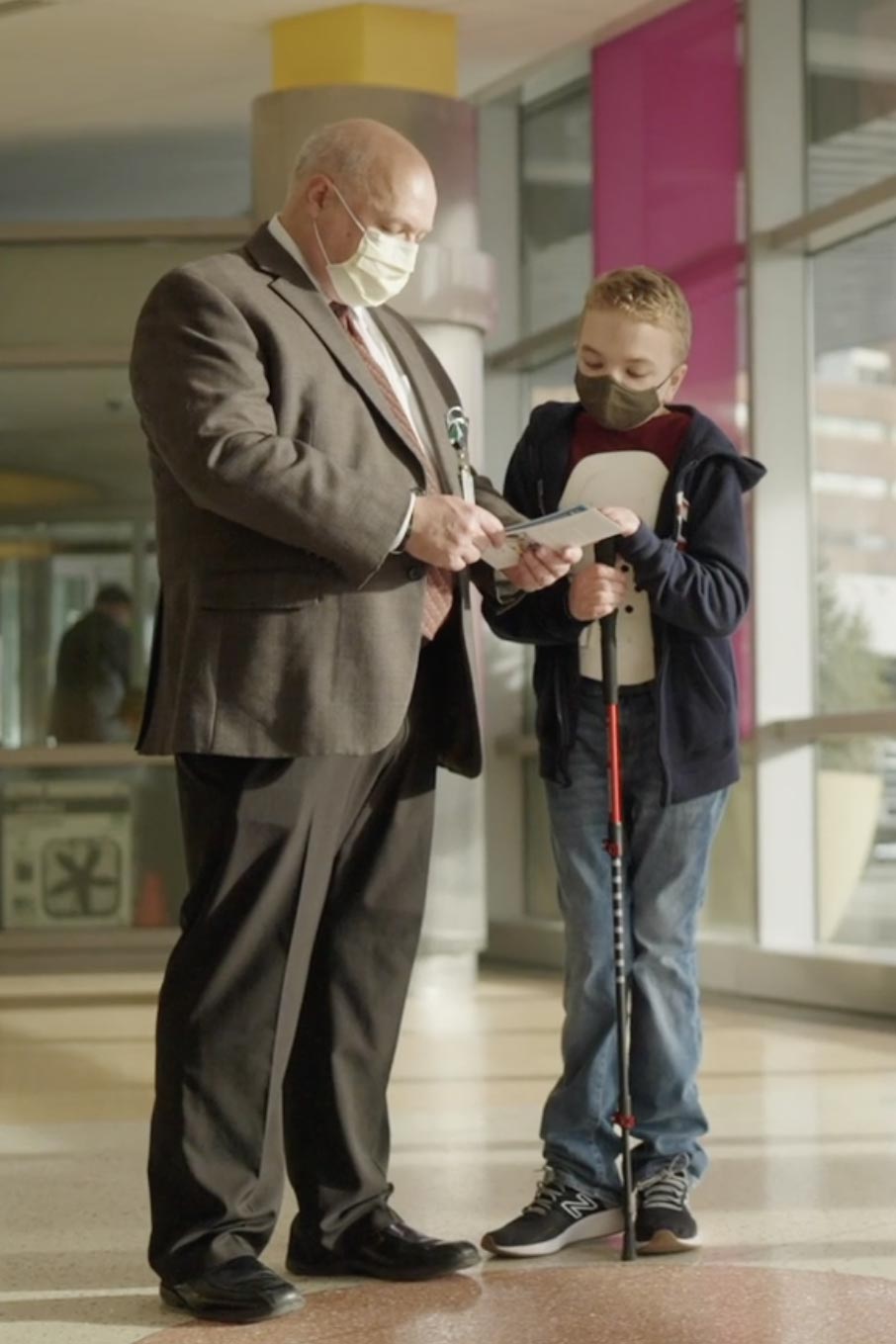At the University of Minnesota, the long legacy of innovation in solid organ transplantation began with a doctor who was sent to medical school because of his skill in farrowing pigs. This doctor, Owen H. Wangensteen became head of the Department of Surgery. One of his great innovations, the Wangensteen suction tube, was estimated to have saved a million lives. But it is another of his innovations to which we owe the success of our transplantation work: he developed a program that required surgeons to conduct research.
The program produced some remarkable surgeon-scientists. F. John Lewis and C. Walton Lillehei, who would establish open heart surgery in the 1950s, and Richard Lillehei, who performed the first pancreatic transplant. The larger-than-life John Najarian, who expanded organ transplantation into higher risk patients, performed the first kidney transplant in a patient with type 1 diabetes in 1968. Shortly after, his team introduced antilymphocyte globulin (ALG), a breakthrough in anti-rejection drugs. In the 1970s, Najarian and David E. R. Sutherland performed the world’s first autologous islet transplant to treat type 1 diabetes and the world’s first pancreatectomy and islet autotransplant to treat pancreatitis. 1982 saw Najarian help highlight the need for organ donors after performing a successful liver transplant in the youngest patient at the time.


In roughly 65 years, the University of Minnesota has performed over 21,000 solid organ and hematopoietic stem cell transplants.
George Surratt, who received a kidney transplant from Andrew Adams nine years after getting a liver transplant, counts as two of them. George was lucky, but he advocates for other patients, many of whom run out of time waiting for an organ. Adams is approaching the problem from a different angle. A researcher like his predecessors, he is working to make xenotransplantation, the transplantation of organs grown in animals, a potential life-saving option. “This used to be science fiction,” Adams says. “Now it’s looking like the future of transplantation.”
At the same time heart surgery was advancing, Robert Good was conducting groundbreaking studies that helped identify the central role the thymus plays in immunity and establishing the field of immunology. His research led him to perform the first successful bone marrow transplant between people who weren’t identical twins in 1968.
Back home, you might have one person who’s read a paragraph about your rare disease. Here, everybody’s an expert
Today, the U of M continues to be a global leader for innovative transplantation and cell therapies for rare diseases, designated as a Rare Disease Center of Excellence by the National Organization for Rare Disorders. For families like the Thompsons from Alabama, bringing their three children with Hurler Syndrome to Minnesota was the best thing to do. Paul Orchard, an expert in metabolic diseases, performed hematopoietic stem cell transplants to halt the progression of the disease. Their mother explained the Minnesota difference: “Back home, you might have one person who’s read a paragraph about your rare disease. Here, everybody’s an expert.”
Our expertise using stem cell therapies for children with rare diseases stems from a long legacy of innovating therapies for children with cancer and fatal inherited disorders. The U of M performed the first bone marrow transplants to treat lymphoma, inherited metabolic disease and epidermolysis bullosa, a disease of the skin.
Because we see hundreds of patients with rare disorders every year, experience adds up. For us, rare is normal.